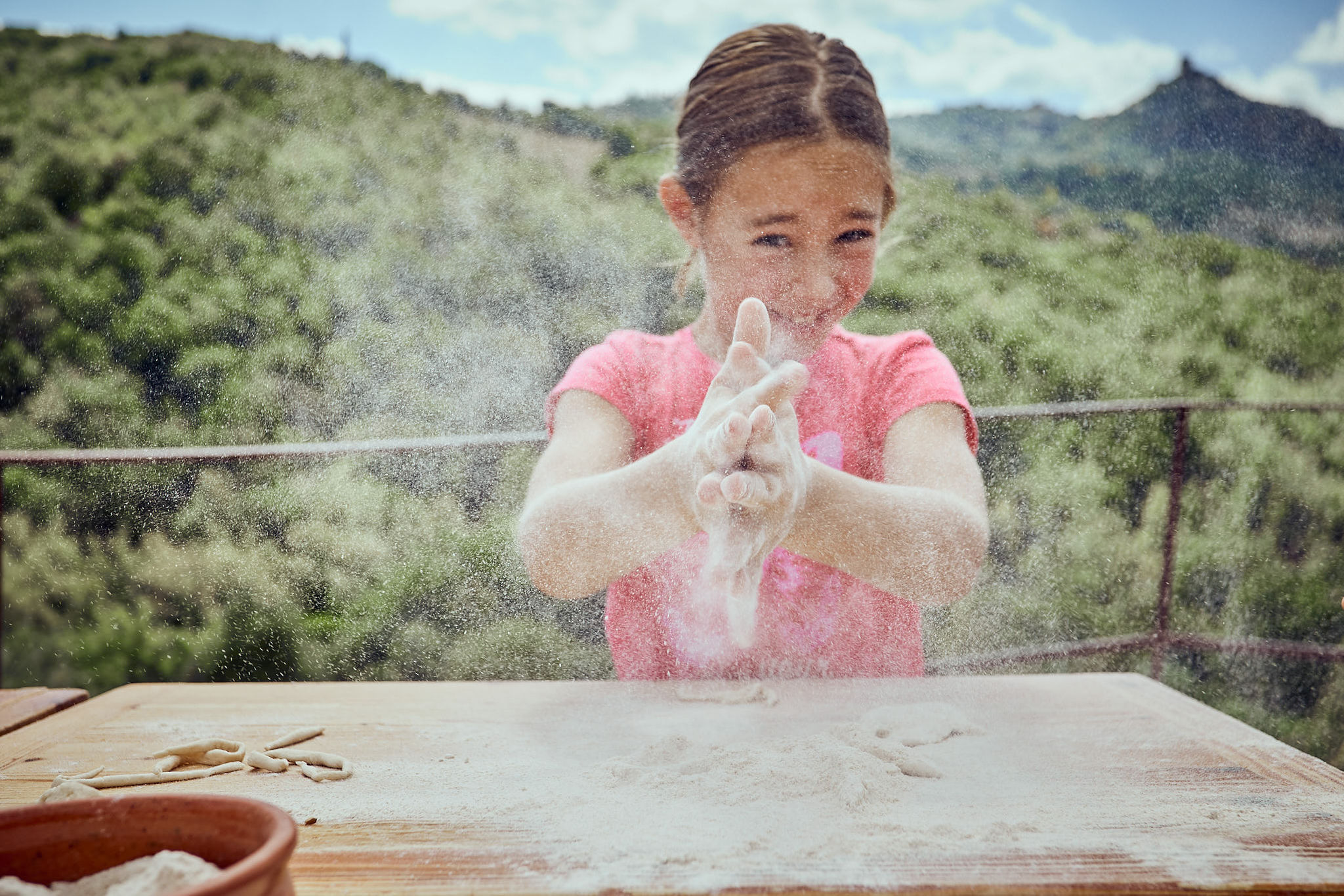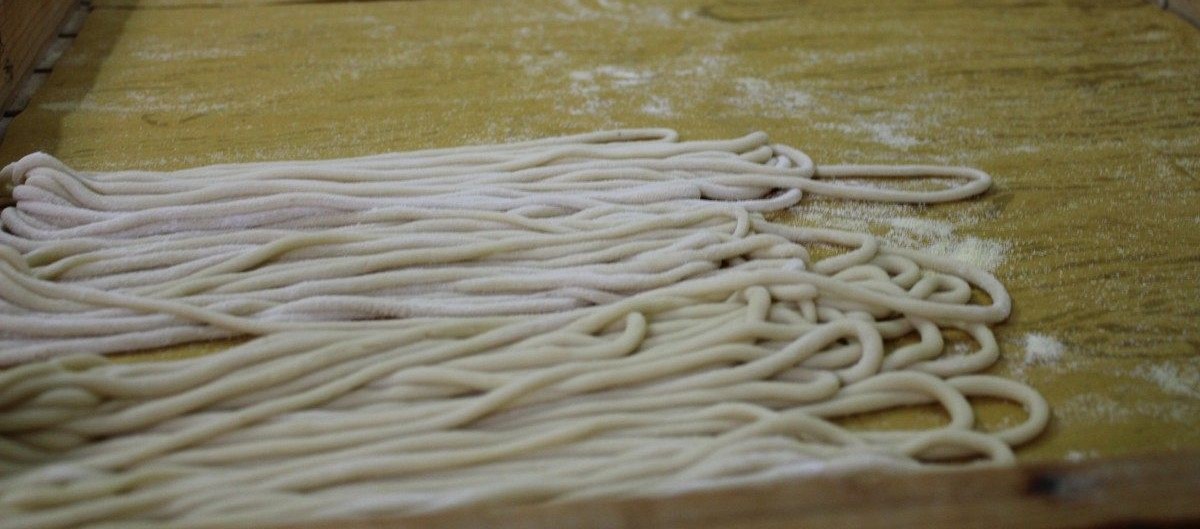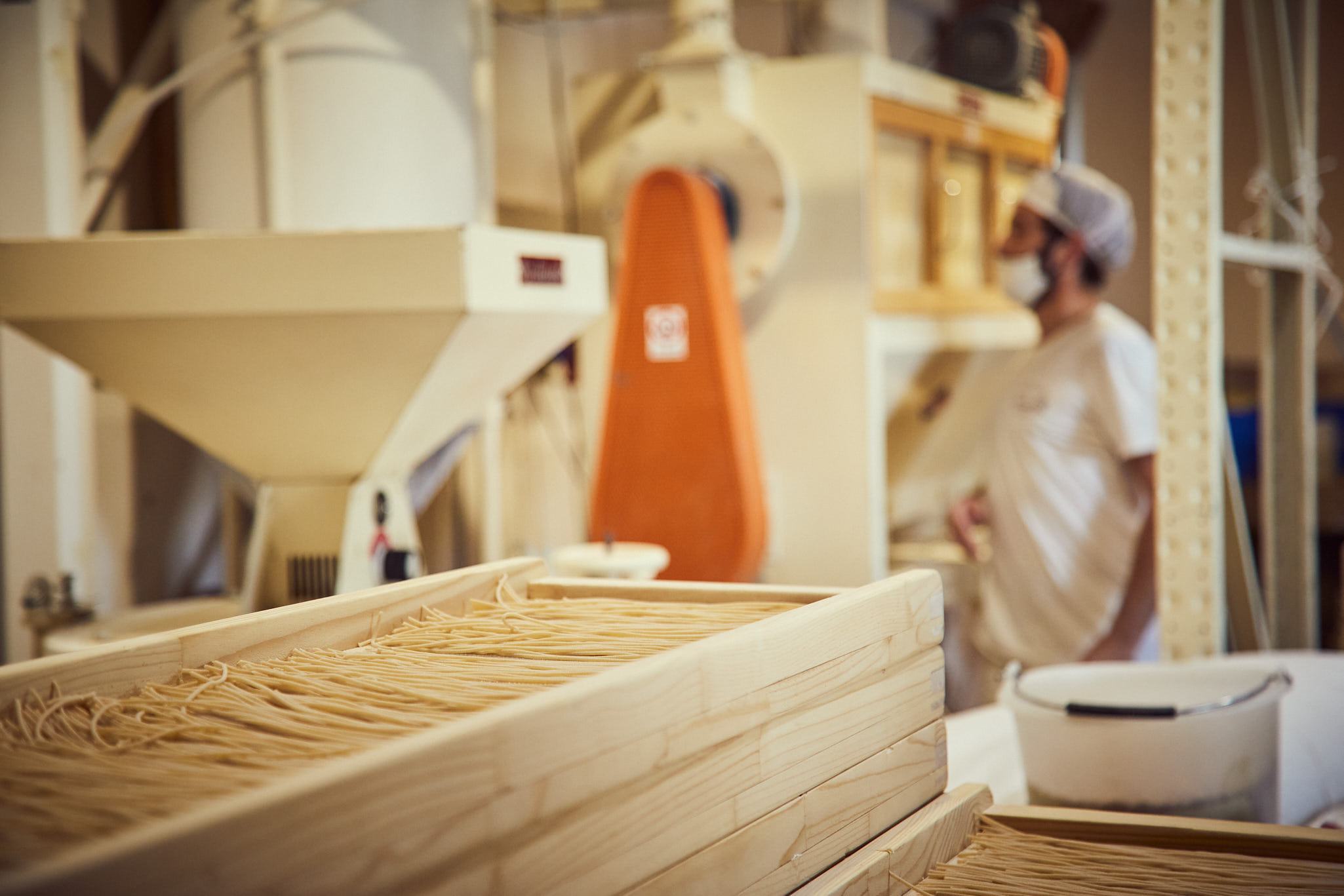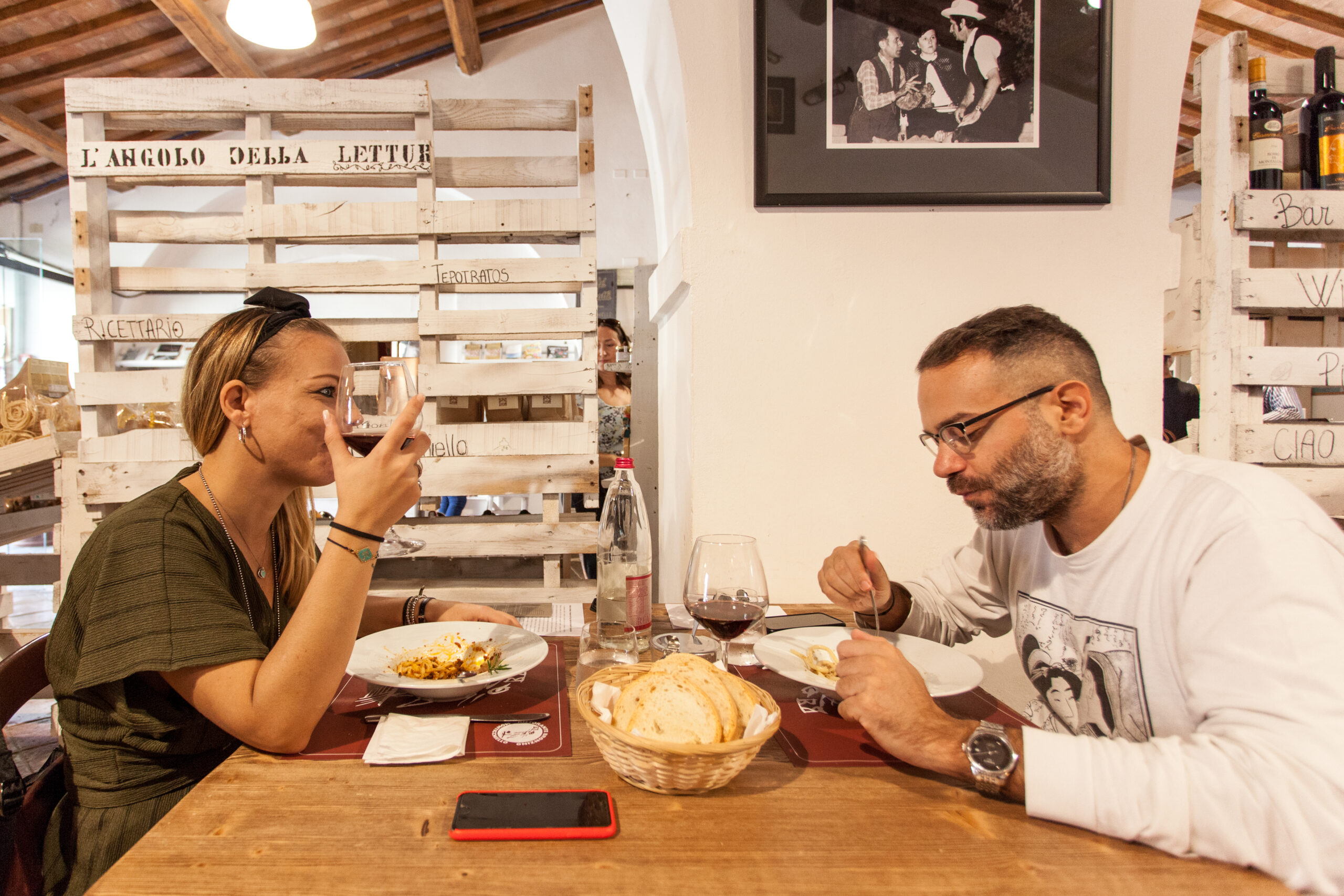San Quirico – Vignoni – Bagno Vignoni on foot
trekking with environmental guide
5 km long
150 m of altitude difference
easy difficulty
The trekking routes have a variable price based on the number of people and any additional services requested.
This itinerary is one way, you can book a circular tour with us, or a return trip with our minivan.
request more information
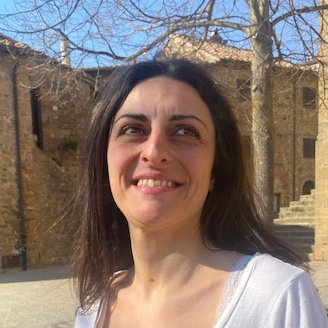
VALENTINA
Art historian and environmental guide. Her studies, focused above all on the medieval period, found inspiration precisely in the Val d’Orcia area, a place where the hills worked by man, the rows of cypresses, the medieval bell towers closely recall the splendid visions of Ambrogio Lorenzetti, Simone Martini and Duccio di Boninsegna, the three “greats” of Tuscan pictorial art.
The route starts from San Quirico d’Orcia with the historic center: Piazza Chigi with the splendid Collegiate Church of SS. Quirico and Giulitta, the Horti Leonini and from there taking the Via Francigena, up to the village of Vignoni Alto. From there we will admire the landscape that winds along a ridge of vineyards, olive groves and woods and a breathtaking view of the village of Rocca d’Orcia. We will continue along the Francigena until we reach Bagno Vignoni, a spa center of Roman origins and today a fundamental stop for tourism in Val d’Orcia. Here it will be possible to visit the village with its very particular central pool/square, around which the most important historical buildings of the town stand. It will be wonderful to “get lost” among the splendid streets full of restaurants and small characteristic shops, until you reach the archaeological site of the Park of the Mills, the largest and most important milling center in the Val d’Orcia active from the Middle Ages to the 1950s. We will visit the park with the ancient medieval baths and go down the path that leads to the first and most important mill called “mulino di sopra”. We will enter a unique place that will take us back in time to discover an ancient and now disused, but extremely fascinating profession. The route winds through a path that shows an extraordinary wealth of plants born thanks to the particular microclimate, created by the confluence of thermal water and river water. Arrival at the suggestive natural pool located at the bottom of the valley.
Book
You might be interested



